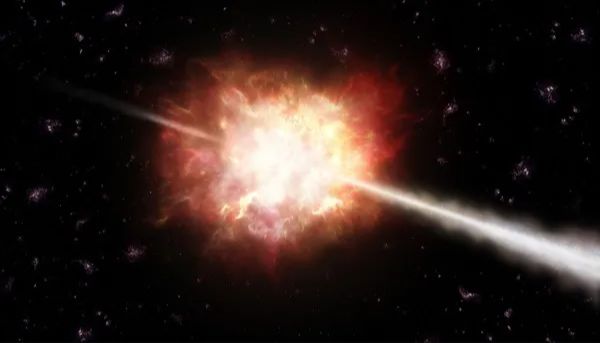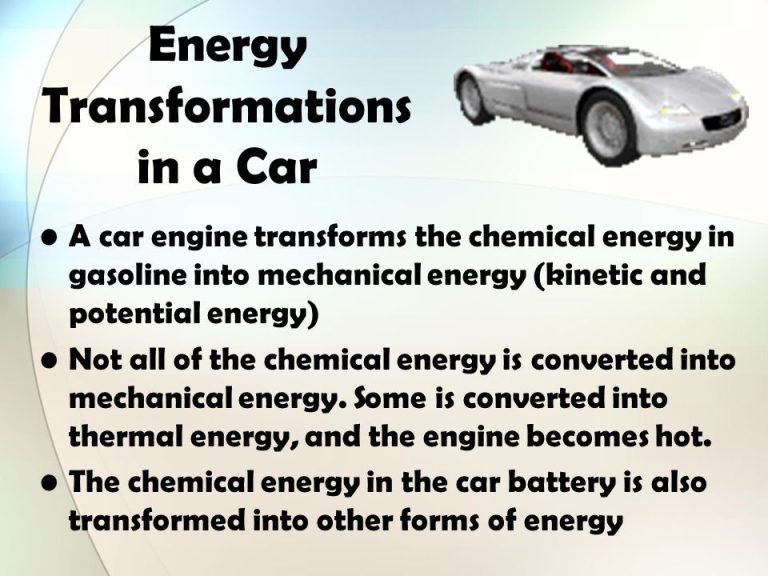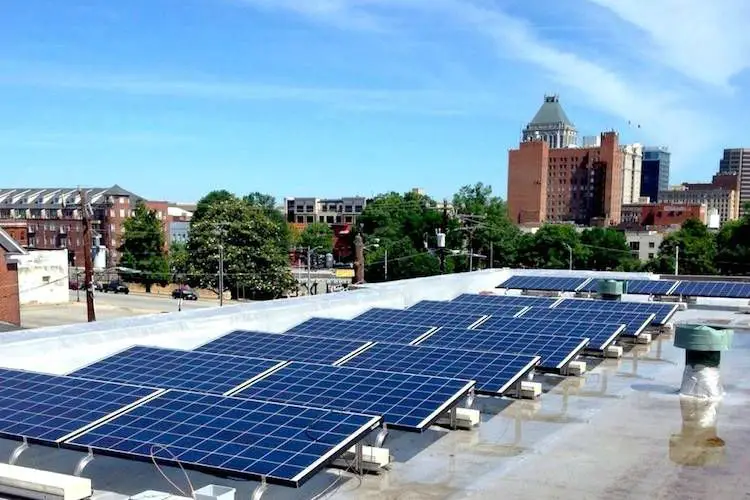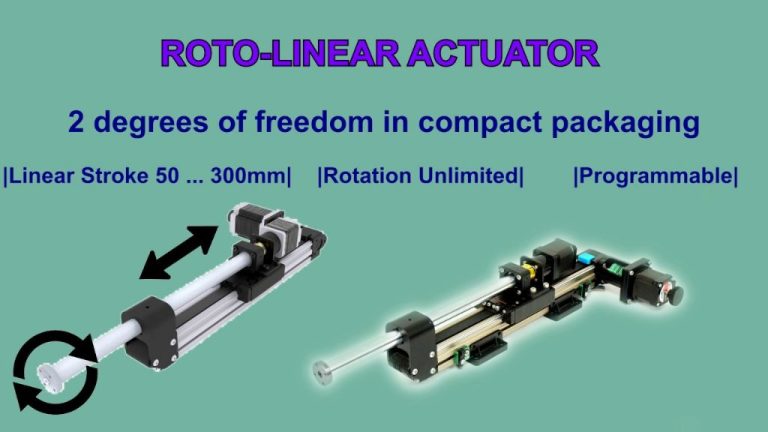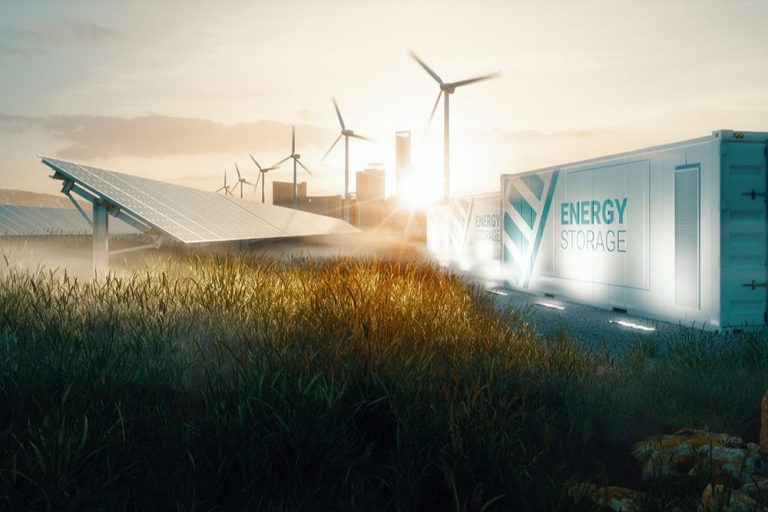Does Kinetic Energy Mean Faster?
Defining Kinetic Energy
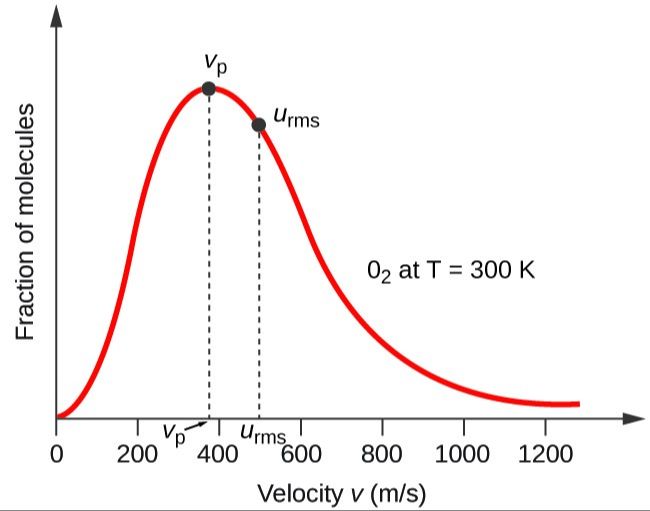
Kinetic energy is the energy of motion. It depends on both the mass and velocity of an object. The faster an object moves, the more kinetic energy it possesses. Kinetic energy is directly proportional to the object’s mass and to the square of its velocity (Britannica). For example, if an object with mass m is moving at velocity v, its kinetic energy can be calculated using the following formula:
Kinetic Energy = 1/2 x m x v^2
This shows that as velocity increases, kinetic energy increases exponentially. Doubling the velocity quadruples the kinetic energy. Kinetic energy is one of several types of energy that an object can possess. The kinetic energy present in an object depends on its state of motion. A stationary object has zero kinetic energy, while a moving object has positive kinetic energy (Khan Academy).
Relationship Between Kinetic Energy and Speed
Kinetic energy increases exponentially with speed. This is because the kinetic energy formula shows that kinetic energy is directly proportional to the square of velocity:
KE = 1/2mv2
Where m is mass and v is velocity. This means that as velocity increases, kinetic energy increases exponentially. For example, doubling the velocity results in a quadrupling of kinetic energy. Faster speeds mean much higher kinetic energy.
This relationship is very important for understanding motion and impacts. Even small increases in velocity can lead to dramatic rises in kinetic energy. A car moving at 100 mph has 4 times the kinetic energy of a car moving at 50 mph, assuming the same mass. This exponential increase is why high speeds are dangerous – the kinetic energy rises so quickly that impacts have much more destructive power at faster velocities. According to Thermodynamics: Kinetic and Potential Energy, kinetic energy is the energy of motion that a body has due to its velocity.
Kinetic Energy in Physics
Kinetic energy is an important concept in physics and mechanics. It is defined as the energy possessed by an object due to its motion. The kinetic energy of an object depends on two variables – its mass (m) and its velocity (v). The kinetic energy formula is given by:
Ek = 1/2 mv2
Where Ek is the kinetic energy in joules (J), m is the mass in kilograms (kg), and v is the velocity in meters per second (m/s). This shows that an increase in either mass or velocity will result in an increase in the kinetic energy of an object. In physics, kinetic energy is considered a form of mechanical energy and is related to the work required to accelerate an object to a given speed.
Some key properties of kinetic energy in physics include:
- Kinetic energy is a scalar quantity, meaning it has magnitude but no direction.
- When an object is in motion, it will continue moving at the same speed and in the same direction, unless acted on by an external force.
- Kinetic energy can be transferred between objects in collisions. The total kinetic energy remains conserved in an isolated system.
- Kinetic energy can be converted to other forms of energy like potential energy, heat, light, and sound.
Understanding kinetic energy is useful across many areas of physics including mechanics, thermodynamics, electrodynamics, and relativity theory. It plays a vital role in analyzing collisions, projectile motion, rotations, oscillations, wave propagation and more. Kinetic energy principles are applied extensively in engineering disciplines as well.
Examples of High Kinetic Energy
Some objects and systems have very high kinetic energy due to their high speed. Examples include:
- Bullets fired from guns have extremely high kinetic energy due to their high velocity. According to https://studiousguy.com/examples-of-kinetic-energy-in-everyday-life/, a bullet traveling at 900 m/s can have over 4,000 J of kinetic energy.
- Moving vehicles like cars, trucks, and planes have high kinetic energy proportional to their mass and velocity squared. For example, an airplane moving at 250 m/s has much greater kinetic energy than a car moving at 25 m/s.
- Falling objects accelerate due to gravity, gaining kinetic energy. The higher the falling height, the greater the final velocity and kinetic energy. A rock falling from a tall cliff has higher kinetic energy at impact than one falling from a small height.
In all these cases, the high speeds result in large kinetic energy values. Kinetic energy increases quadratically with velocity, so even small changes in speed can greatly impact the total kinetic energy.
Safety and Kinetic Energy
High kinetic energy can be very dangerous. When an object is moving at high speed, it has a lot of kinetic energy that can cause damage on impact. For example, a car moving at high speed has enough kinetic energy to severely injure or even kill a pedestrian in a collision. Safety measures like airbags, seatbelts, helmets, and protective gear are designed to absorb kinetic energy and reduce injury in accidents.
Kinetic energy hazards exist in many workplaces as well, especially those involving heavy machinery and moving parts. According to Making a move on Kinetic Energy safety from West Fraser (https://www.westfraser.com/company/blog/making-move-kinetic-energy-safety), before accessing equipment, workers should ensure all potential kinetic energy hazards are controlled by following lockout procedures to bring machinery to a zero energy state. The article explains that kinetic energy, along with other forms like pneumatic, hydraulic, and electrical, must be addressed in lockout procedures and safety training.
By understanding where high kinetic energy exists and taking proper precautions, we can help prevent serious injury. Control measures, protective equipment, and safe behaviors allow us to harness the benefits of motion while minimizing risks.
Forms of Energy
Kinetic energy is a form of mechanical energy that results from motion. It is one of the main types of energy, along with potential energy, radiant energy, thermal energy, electrical energy, chemical energy, nuclear energy, and others. Kinetic energy represents the energy of an object that is in motion. The faster an object moves, the more kinetic energy it possesses.
Kinetic energy is different from potential energy, which is the stored energy of an object due to its position or chemical configuration. An object at rest has no kinetic energy, but it may have potential energy that could be transformed into kinetic energy if set in motion. For example, a ball held in the air has gravitational potential energy, which can turn into kinetic energy when dropped and accelerate towards the ground.
There are many forms of energy, but they can often be categorized as either potential or kinetic. Understanding the differences between the two types of mechanical energy is important in physics and engineering applications. Kinetic energy depends on motion, while potential energy depends on an object’s configuration. The interplay between potential and kinetic energy drives many of the processes we observe in the physical world.
Converting Between Energy Types
Energy can be converted from one form to another through various processes. Some common energy conversions include:
Kinetic energy to potential energy – When an object moves upwards against gravity, its kinetic energy is converted to gravitational potential energy. For example, as a rollercoaster climbs a hill, it loses kinetic energy and gains potential energy.
Potential energy to kinetic energy – The opposite process occurs when an object falls under gravity. The potential energy is converted to kinetic energy as the object accelerates. This is seen as a rollercoaster speeds up going down a hill.
Chemical energy to kinetic energy – Chemical reactions like combustion of fuel convert stored chemical energy into heat and kinetic energy. This allows cars and rockets to move by burning fuel.
Mechanical energy to thermal energy – Friction converts ordered mechanical energy into disordered thermal energy, often in the form of heat. This effect makes objects warm up when rubbed together.
Electrical energy to light energy – Light bulbs convert electrical energy into visible light energy and thermal energy. The efficiency of this process affects how much electricity is needed to power lighting.
According to the law of conservation of energy, the total energy in a closed system remains constant. While energy forms may change, the net energy balance is maintained. Understanding these conversions allows us to utilize energy more effectively.
Kinetic Energy in Nature
Objects in nature like wind and flowing water have kinetic energy. Here are some examples:
- Wind blowing through the trees has kinetic energy due to the motion of air molecules (https://socratic.org/questions/what-is-an-example-of-kinetic-energy-in-nature). The stronger the wind blows, the more kinetic energy it contains.
- A flowing river has kinetic energy due to the motion of the water. The faster the river flows, the more kinetic energy it has (https://justenergy.com/blog/kinetic-energy-defined/).
- Ocean waves have kinetic energy as they move across the surface of the water.
- A bird flapping its wings has kinetic energy.
- A falling leaf has kinetic energy due to gravity pulling it downwards.
Kinetic energy is present throughout nature wherever movement and motion occur. Understanding how kinetic energy works helps explain many natural phenomena.
Applications of Kinetic Energy
Kinetic energy is widely harnessed for practical applications and processes. Some key ways kinetic energy is utilized include:
Electricity generation – Kinetic energy from wind or flowing water can rotate turbines connected to generators to produce electricity. For example, wind turbines capture the wind’s kinetic energy to generate power (Kinetic Energy Definition).
Industrial processes – Factories often use spinning turbines or other moving components that leverage kinetic energy for manufacturing. Conveyor belts, presses, and other mechanisms apply kinetic energy for industrial purposes.
Transportation – The motion of vehicles like cars, trucks, planes, and trains relies on converting potential energy from fuel into kinetic energy of movement. Vehicles would not run without harnessing kinetic energy (Kinetic Energy Uses).
Simple machines – Devices like lever, wheels, pulleys, and inclined planes utilize kinetic energy principles to reduce the force required for mechanical tasks.
In short, kinetic energy powers many essential systems and technologies in the modern world. Understanding and properly applying kinetic energy can help maximize efficiency and capabilities.
Key Takeaways
Kinetic energy is defined as the energy possessed by an object due to its motion. The faster an object moves, the more kinetic energy it possesses. However, kinetic energy depends not just on speed but also on the object’s mass – doubling mass doubles kinetic energy at the same speed.
Kinetic energy is directly proportional to the object’s mass and to the square of its velocity. The formula is KE = 1/2mv^2. In physics, kinetic energy is an important concept related to work, force, and motion.
High kinetic energy can be dangerous in applications like vehicle crashes. But it also has many useful applications, like generating electricity in hydroelectric dams. Kinetic energy can be converted to other forms like potential energy.
Overall, kinetic energy provides a quantitative way to analyze motion and its causes. By understanding kinetic energy, we gain powerful insights into the physical world.

